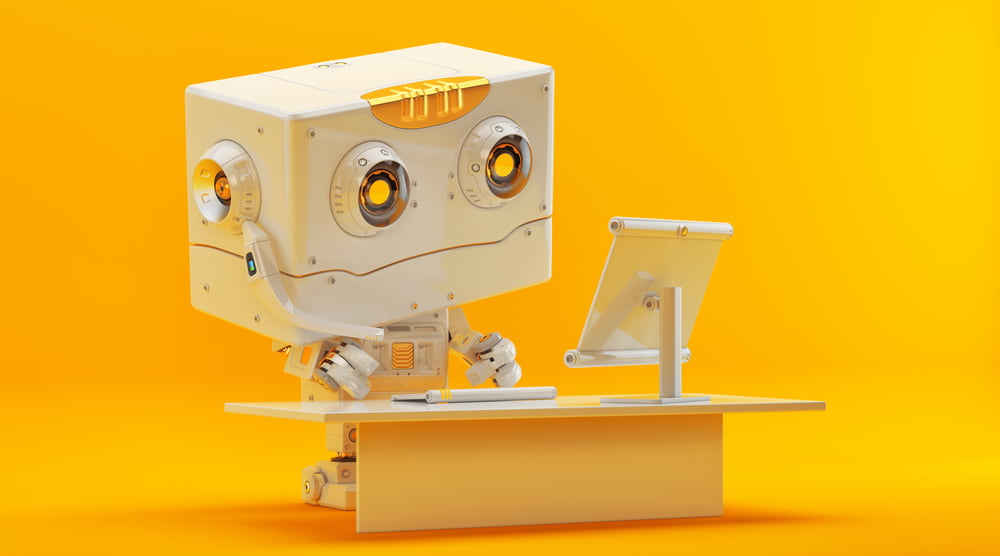Get ready, the great app purge is coming.
If you think about it, the logic of discovering, downloading, and the repeated use of more than one million different apps, available from the iOS App Store or Android’s Google Play Store, was never going to be sustainable long-term.
According to Quantcast, less than 1% have 50,000 or more users. And although many of us may have lots of apps on our smartphones, almost half of us who download an app only ever use it once.
The problem is that app functionality doesn’t reflect human behaviour.
We have to match the right app to the required problem, sign-up, decide whether or not to allow notifications, learn a new user interface for each app, and then remember to return to it.
Not only does this conflict with our ever-shortening attention spans, we’re also physically unable to consume the sheer amount of content that apps currently try to offer.
So, if apps are destined to occupy a fairly short-lived phase of our ongoing merger with technology, what will replace them?
People will inevitability favour technology that involves no sign-in or sign-up process, technology that already has access to your social profile so that it can personalise information instantly, and technology that excels at single-use functions or problem-solving without the need to navigate an unfamiliar user interface. This technology is already starting to form a ubiquitous cognitive layer across the digital landscape. It is of course, the chatbot.
During 2017, Google and Facebook both took giant steps to evolve chatbots away from the awkward conversational imperfections of Siri and Google Assistant, to more purposeful function-led technology which, together with the likes of Alexa Skills, could spell the end of the app.
Helped by developments in AI, ‘Actions on Google’ has allowed developers to easily integrate apps and services with the brains of Google Assistant.
In other words, third-party brands can now use Google’s AI service to take orders, discuss products and conduct transactions without any of the friction associated with in-app use.
A user simply requests an action from the Assistant (on any Google smartphone or Google Home device), which then asks the user if it wants to invoke a relevant brand conversation. The action then displays a welcome message and the brand conversation can begin.
During the chat, the Assistant brokers the conversation between brand and user until the action is either completed or the conversation ends.
During its demo on stage at Google’s I/O keynote in May 2017, the company showed off ordering delivery from Panera, without the need to enter a home address or payment information, or even create a dedicated account.
Facebook meanwhile, unveiled Chat Extensions in 2017, which lets brand bots provide interactive, social features that users can invoke directly into their conversations.
Chat Extensions lets you summon Messenger bots in group chats so you can collaborate with friends on actions, such as building a Spotify playlist, figuring out which hotel you want to stay at and booking it via SnapTravel, or comparing flight times with Kayak - all within the chat function.
This is key to how bots will successfully continue to merge with our everyday tasks - the information we require, as consumers, will increasingly flow to us, according to our preferences and needs.
We will no longer need to go looking for it within apps or websites. Summon brand information to a conversation and it will appear.
Brands therefore need to become the multilingual genie, able to appear within messaging when summoned, and offer effective solutions, assistance and purchasing capabilities in any given language.
Tone of voice and relevance are the new design skills of this technology, as more brands begin to experiment.
On the client side, Unilever’s toothpaste brand Signal partnered with PHD and its creative agency to launch the ‘Big Brush, Little Brush’ campaign, which used a chatbot for storytelling to encourage children to brush their teeth.
Elsewhere, Pernod Ricard UK has experimented with chat-bots and knew that it was on to a good thing when, over time, the brand saw a sales uplift in retail of 30%, related directly to the advice and recommendations the chat-bot was providing on how to make cocktails at home.
Efficient brand interaction via chatbots is expected to increase from just 20% in 2017 to 93% by 2022. As this curve rises in line with consumer adoption, app usage will decline.
The great app purge will probably start this year. Make sure your brand has evolved for the age of bots.


